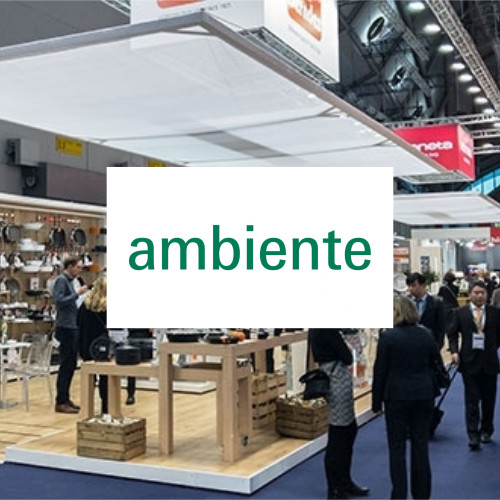Revenue for quarter two was £15.9 million, and ProCook said the trading performance reflects the challenging market conditions driven by combined effects of heightened pressures on consumers spending, the prolonged hot summer weather and the return of overseas summer holidays. The brand also said it has been encouraged by a much-improved run rate as it exited the quarter.
First half revenue of £27.4 million was down 14.8% year-on-year, including the -4% effect of the annualization of its exit from Amazon UK at the end of June 2021. On a like-for-like bases, the first half revenue was 119.7% higher than pre-pandemic levels.
320,000 new customers have been attracted to shop with ProCook for the first time in the year to date, and the 12 month repeat purchase rate has increased to 25.3% from 24.7% in the previous year. As a result, the number of active customers has increased to above one million, however the average transaction values have declined.
ProCook opened one new store in the period and completed two relocations to larger sites in the same shopping centres.
Net debt at the end of the first half was -£1.3 million compared to -£1.8 million at the end of FY22.
Looking ahead to the peak trading period, while conscious of the many challenges facing consumers, Procook is focused on building on its recent trading momentum while managing its cost base carefully to support profitability.
Daniel O’Neill, ceo and founder, commented: “Whilst the consumer and macro environment remains uncertain, we are pleased to have seen a marked improvement in recent trading, as we enter the important pre-Christmas trading period.
“We remain confident in our specialist offer, with quality product ranges and fantastic service underpinned by our value-for-money credentials across all price points.
“We are focused on building on our recent trading momentum and strong foundations to develop the ProCook brand, strengthening our market position and customer proposition, and we continue to invest in areas that will improve our operational efficiency and capacity. This will leave us better placed to capture further growth opportunities as trading conditions improve.”























